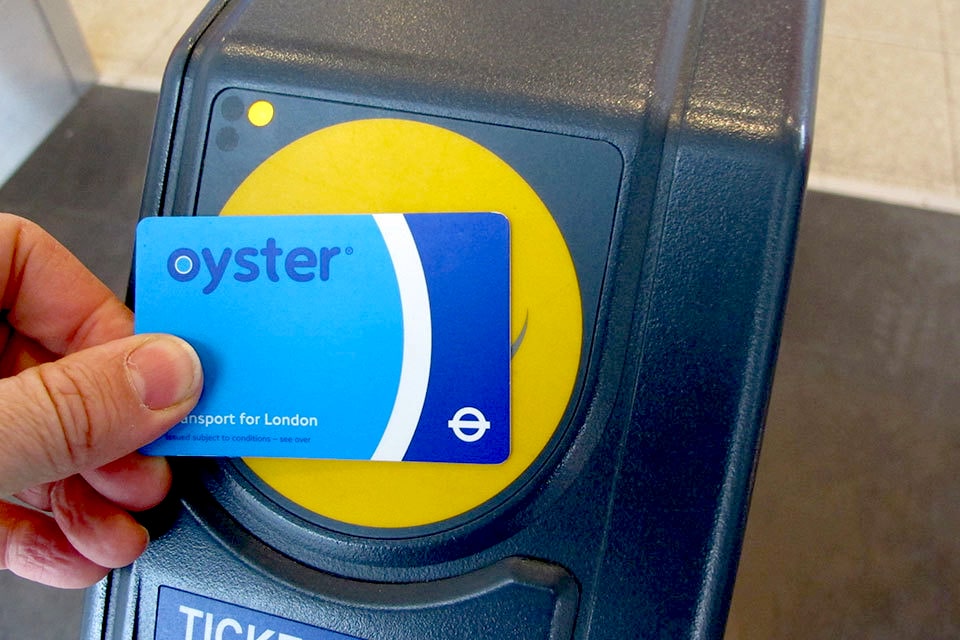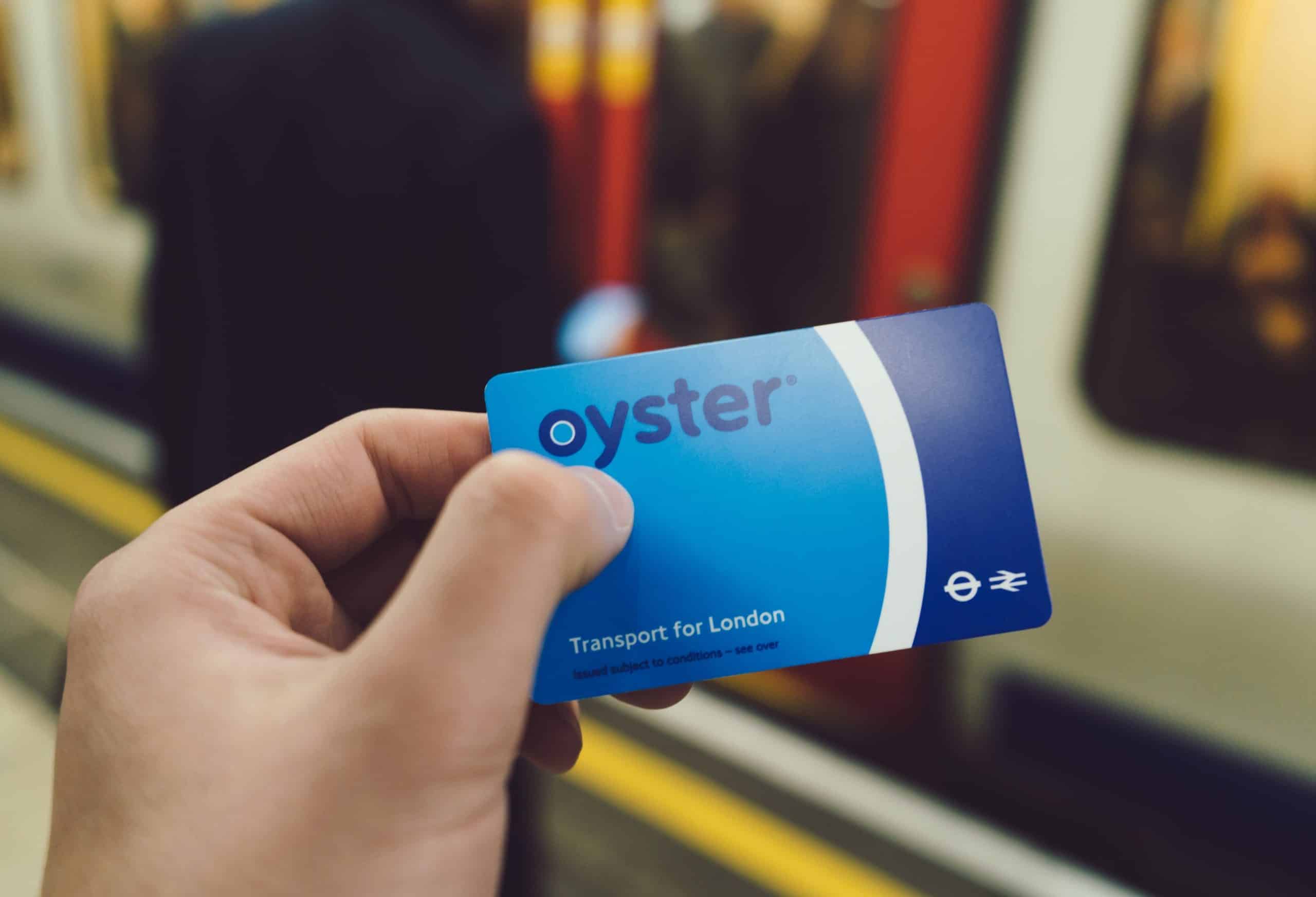
Article Highlights
Transport for London continues to promote its pay-as-you-go model, introducing weekly fare capping for Oyster card users on trains and the Tube. It had already offered the service on buses and trams for Oyster users, as well daily fare capping. But this only brought Oyster to parity with contactless EMV payments in terms of fare capping. And contactless continues to grow faster.
Just under 80% of trips on the London Underground are pay as you go, 72% on London buses. Most of these PAYG trips are paid for with contactless EMV credit and debit cards or card credentials in NFC wallets, with customers making around 70% of PAYG transactions with contactless. Stored-value Oyster cards make up the rest.
In a move expected to make Transport for London’s pay-as-you-go model even more dominant and further erode support for season tickets and other period travel passes, the agency today said it will introduce weekly fare capping for PAYG transactions with its closed-loop Oyster card on rail and Underground trips starting Monday– years after it began supporting the feature for open-loop contactless payments.



















